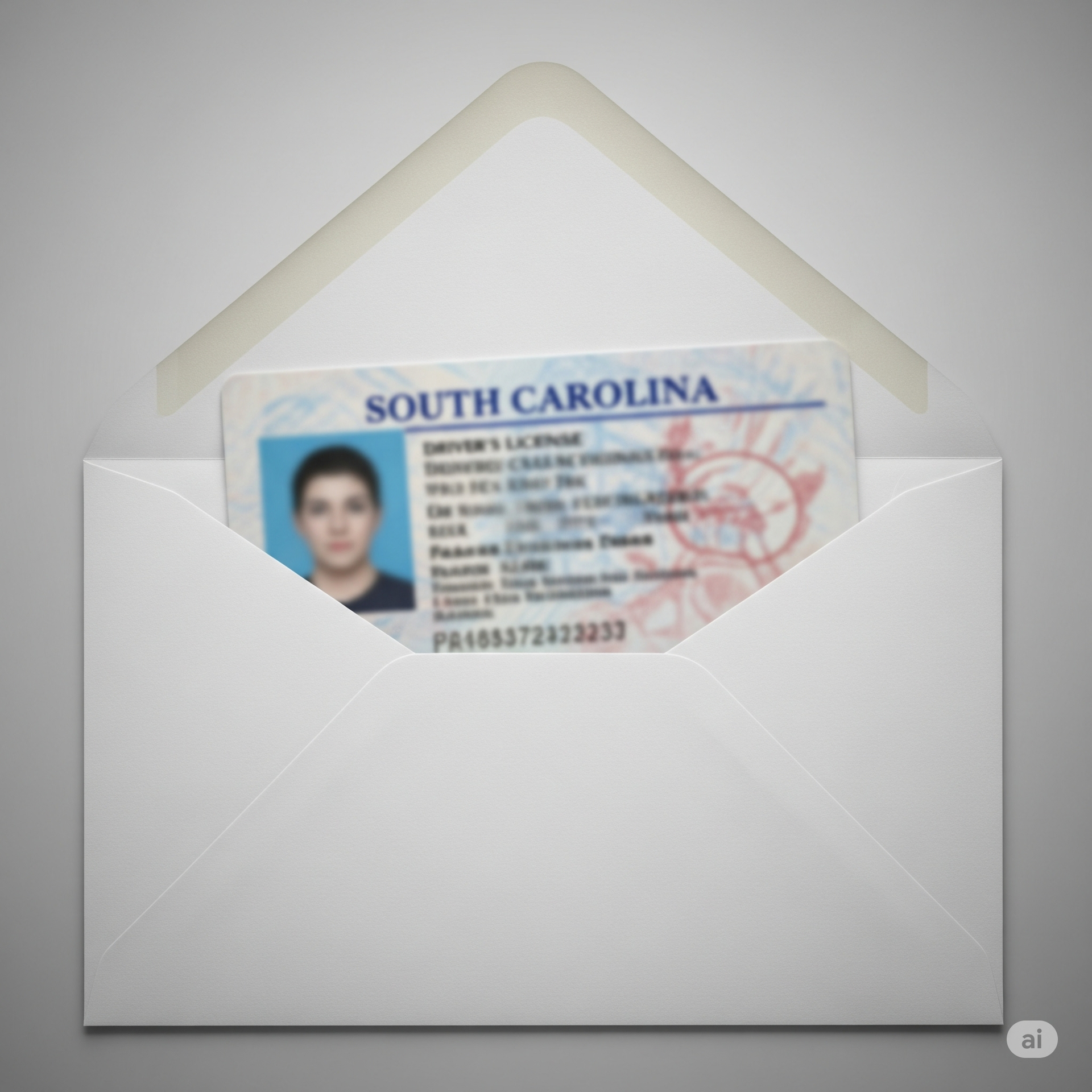Why Safe Driving Teen Talk?
The Centers for Disease Control and Prevention notes that car crashes are the leading cause of death for U.S. teens. 1 Often, it is
their immaturity and lack of driving experience that are the two main factors leading to a high crash rate among teens. Lack of experience affects their recognition of and response to hazardous situations. This may result in dangerous practices such as speeding and tailgating, according to the Insurance Information Institute. 2
How can you help your young adult become a safer driver? Here are five tips to help you talk to your child about safe driving:
- Be confident. Know that you can positively influence your young driver’s behavior behind the wheel.
- Set a good example. Be a safe driver yourself (if you are not already). Studies show that young drivers are influenced by the positive role modeling of their parents’ responsible driving behaviors. 3
- Know the facts about teen driving. Some teens increase their already high collision risk by speeding, drinking, driving at night, having peers as passengers and driving distracted. Likely, your state has Graduated Driver Licensing laws to help address the prevalence of risky behaviors among new drivers. Learn about these laws and resolve to enforce them.
- Be a great coach. Stay calm and set clear expectations and consequences regarding dangerous driving behaviors mentioned above. Put expectations in writing in a simple parent-teen driving contract. Be encouraging. Kids, including adolescents, respond best to positive reinforcement. 4
- Stay involved. Monitor your teen’s behavior behind the wheel – even after your teen obtains his or her license. Continue to coach them about how to drive safely. Continue to remind them of the safe driving teen talk. It takes time, experience, judgment and skill to learn how to drive safely. You may want to consider installing a monitoring device that provides data on driving behaviors that need improvement. And, be realistic: you will likely need to have multiple talks with your child about safe driving. 5
Once you’ve had the talk, it’ll be important to regularly reinforce the messaging you’ve offered your teen. The “5 to Drive” campaign 6 recommends highlighting
the following:
- Buckle up.
- Don’t use a cell phone while driving.
- Don’t speed.
- Observe passenger limits for your vehicle.
- Don’t drive under the influence of alcohol.
Driver’s education classes can’t teach your kids everything. While it can help to instill the rules of the
road, and provide some basic driving experience, driver’s education training is but one component in helping your young adult prepare to get behind the wheel. As a parent, it’s essential that you take a proactive role in keeping your teen driver safe and injury free. Have the safe driving teen talk.





